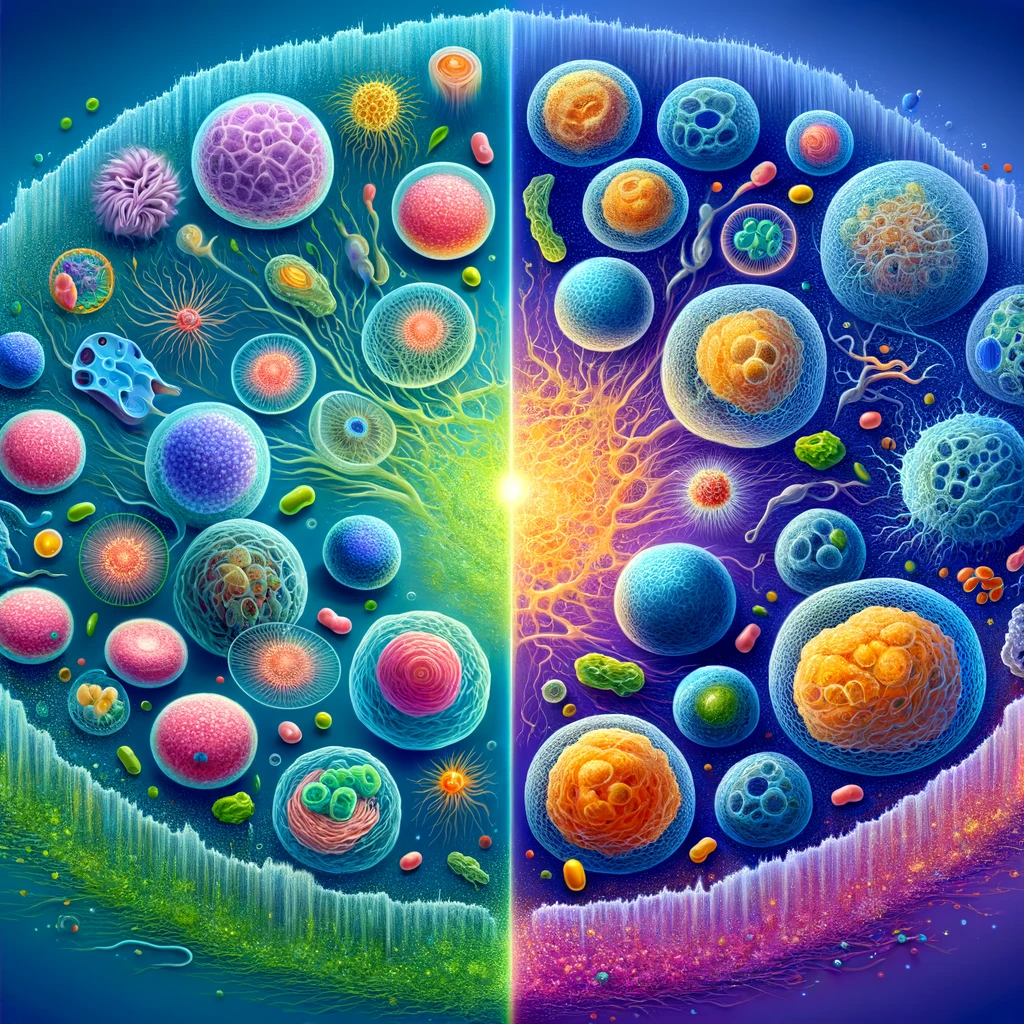- Home
- Wellness
- Support Us
- Community
- Ben Greenfield – The Ultimate Resource Guide
- Dave Asprey – The Father of Biohacking
- Dr. Andrew Huberman – Pioneering Neuroscience Research
- 🔬 Dr. David Sinclair: Pioneer in Anti-Aging and Longevity Science 🧬
- Dr. Steven Gundry, MD: The Pioneer in Holistic Health and Wellness
- Max Lugavere: Health and Science Journalist,
- NAMI, the National Alliance on Mental Illness
- Eco-Life
- Insights
- Home
- Wellness
- Support Us
- Community
- Ben Greenfield – The Ultimate Resource Guide
- Dave Asprey – The Father of Biohacking
- Dr. Andrew Huberman – Pioneering Neuroscience Research
- 🔬 Dr. David Sinclair: Pioneer in Anti-Aging and Longevity Science 🧬
- Dr. Steven Gundry, MD: The Pioneer in Holistic Health and Wellness
- Max Lugavere: Health and Science Journalist,
- NAMI, the National Alliance on Mental Illness
- Eco-Life
- Insights
- Home
- Wellness
- Support Us
- Community
- Ben Greenfield – The Ultimate Resource Guide
- Dave Asprey – The Father of Biohacking
- Dr. Andrew Huberman – Pioneering Neuroscience Research
- 🔬 Dr. David Sinclair: Pioneer in Anti-Aging and Longevity Science 🧬
- Dr. Steven Gundry, MD: The Pioneer in Holistic Health and Wellness
- Max Lugavere: Health and Science Journalist,
- NAMI, the National Alliance on Mental Illness
- Eco-Life
- Insights
Top Insights
Home
Understanding Senescence: The Process of Cellular Aging
Understanding Senescence: The Process of Cellular Aging

Visual representation of cellular aging
Recent Posts
Categories
- Anti-Aging35
- Beauty2
- Ben Greenfield Corner178
- Biohacking41
- Books1
- BulletProof12
- ChatGPT Insights52
- Dr. David Sinclair2
- Dr. Gundry MD1
- Emotional Balance35
- Health16
- Huberman Labs Highlights30
- Human Potential Newsfeed316
- Intellectual Expansion72
- Lifestyle13
- Longevity19
- Max Lugavere19
- Mindset35
- Modern Wellness11
- Nutritional Insights235
- Physical Wellness28
- Recipes43
- Self-care36
- Social Well-being13
- Supplements4
Related Articles
Ben Greenfield Corner
Tips From NHL Trainer Justin Roethlingshoefer
May 11, 2024 From podcast: https://bengreenfieldlife.com/podcast/ownit/ [00:00:00] Introduction [00:01:22] Who is Justin...
ByYoung By ChoiceMay 13, 2024
Emotional BalanceHuberman Labs HighlightsMindsetSelf-care
Dr. James Hollis: How to Find Your True Purpose & Create Your Best Life
In this episode, my guest is Dr. James Hollis, Ph.D., a Jungian...
ByYoung By ChoiceMay 13, 2024
BiohackingIntellectual Expansion
The antidote to stress? Touch.
Embrace the magic of human touch as an antidote to stress. Disentangle...
ByYoung By ChoiceMay 13, 2024
BulletProofModern Wellness
Light for Your Life with 528 Innovations
One of the most groundbreaking tools in the biohacker’s toolkit is the...
ByYoung By ChoiceMay 13, 2024












